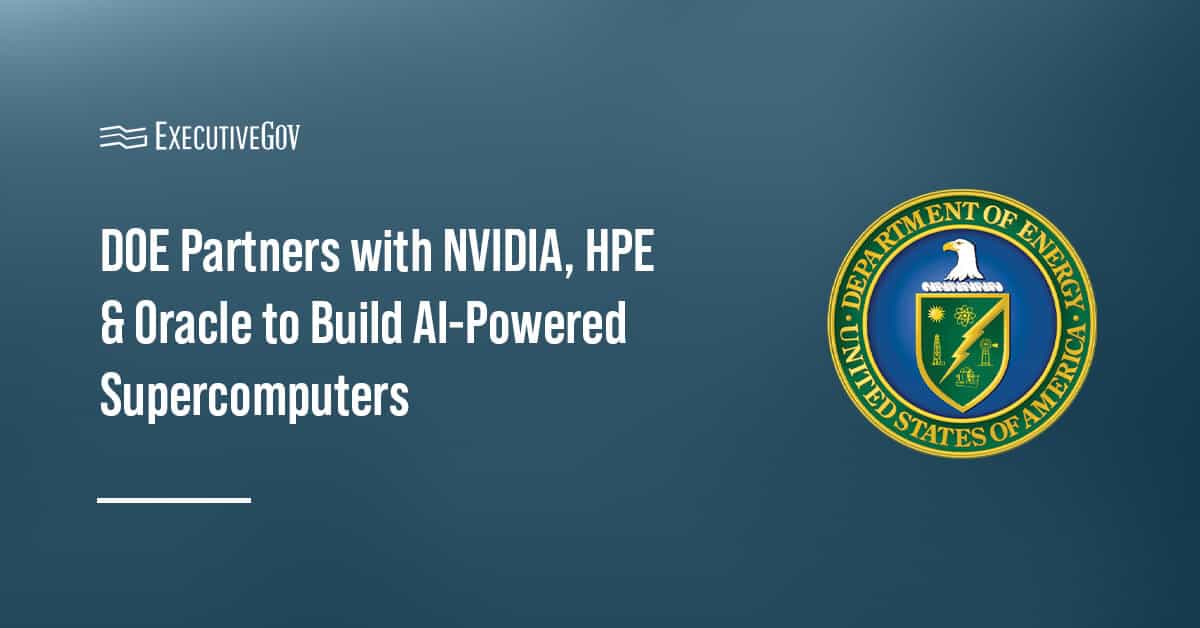The U.S. Department of Energy and the National Nuclear Security Administration have announced new partnerships to develop advanced supercomputing systems aimed at strengthening national security, AI and scientific research.
The Potomac Officers Club’s 2026 Artificial Intelligence Summit on March 19 will bring together AI experts from the government, military and GovCon sectors to discuss how AI, machine learning and automation are shaping the world. Sign up today!
Table of Contents
Enhancing Scientific Discovery With HPE, NVIDIA
DOE said the Los Alamos National Laboratory is collaborating with HPE and NVIDIA to develop and deploy the Mission and Vision supercomputers. These should advance the modeling and simulation capabilities that support national security research, basic scientific discovery and AI applications throughout the NNSA nuclear enterprise.
The two supercomputers are being developed under the DOE’s $370 million program to accelerate scientific breakthroughs. The systems will utilize the new HPE Cray Supercomputing GX5000 with direct liquid cooling and incorporate the NVIDIA Vera Rubin Superchips.
What are Mission & Vision Supercomputers?
The Mission supercomputer aims to bolster advanced simulation and computing. It will enable scientists to evaluate and modernize nuclear security without nuclear testing and ensure a secure and reliable stockpile. It is designed to be four times faster than LANL’s Crossroads system and will offer advanced AI, modeling and simulation to bolster NNSA national security programs.
Vision will build on the success of the HPE-built Venado supercomputer, expanding NNSA’s AI capabilities—including foundational and agentic models—to fast-track research in national security, energy and scientific fields. The system is intended to advance LANL’s computational power for AI-driven research.
What are Solstice & Equinox Supercomputers?
The DOE’s Argonne National Laboratory partnered with NVIDIA and Oracle to build the Solstice and Equinox supercomputers. Solstice, with 100,000 NVIDIA Blackwell GPUs, is the largest AI supercomputer in the DOE complex. Equinox, expected to be completed in 2026, will have 10,000 GPUs. These systems will integrate with DOE’s scientific instruments and data networks to tackle critical energy, security, and discovery science challenges.






